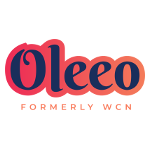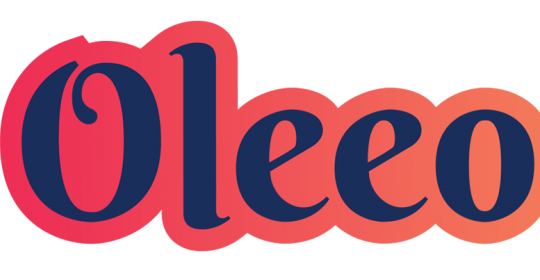We are living in a competitive world where candidates are behaving in ways contrary to common thinking. Employer brand is having less impact on determining whether to apply to a company or not. It doesn’t look like potential candidates are “shopping” like consumers, comparing one brand to another and limiting applications.
Research from Oleeo, the leading talent acquisition technology provider, in collaboration with hiring and technology advisor Bill Boorman, has concluded that with just 10% passing the initial screening stage, and a tiny 0.56% chance of eventually being hired for a role, applicants are applying for more jobs than ever before. As a result they are not bothering to check out a company’s employer credentials before applying. Instead, they are purely focused on the job description and whether the post captures their attention.
For its Thrive in a New World of Hiring Report, Oleeo and Boorman analysed 9 million applications to monitor how candidates behaved in every possible phase of the recruitment process. It found that, in a bid to increase their chances of being hired, candidate job applications have soared, doubling in the last two years alone. As a result just one in ten are passing the initial screening stage and this is having a profound impact on candidate behaviour.
Tracking from websites shows they are not paying too much attention to the brand content before hitting apply and starting the process. There is little evidence of consuming content, looking at review sites or conducting hours of research. What we are seeing is a concentration of attention on the job pages to determine suitability before hitting apply.
The answer as to what drives this behaviour perhaps lies in the expectation that the likelihood of hearing back or anything happening is limited. Candidate experience as a whole centres on consistently acknowledging initial job seeker interest and providing definitive closure when no longer pursuing candidates. Good employer branding needs to include consistent candidate communication from pre-application to onboarding.
Yet, this is far from the reality. Candidates nowadays live in an era where the expectation is that at the end of the apply process, they are just not going to hear back, hence the reason for not spending lots of time researching before applying.
Whether it’s time delays, poor communication with applicants, or a bad online user experience, recruiters and employers risk losing qualified candidates. As candidates are left in the dark, they consider other offers. Remember, these applicants are constantly online and expect interactions and information. In the absence of communication throughout the hiring process and comprehensive pre-screening to filter candidates faster, they’ll seek it out with other employers. Losing out on a qualified recruit could mean months, if not years, of work have gone to waste and the search for other qualified candidates must start over — but now with a picked-over talent pool.
Does this mean organisations should concentrate their attraction on jobs over employer brand? This would be an easy assumption to make, given that candidates are not consuming content before applying. What is interesting is what happens next. When candidates get a positive response they are all over employer brand content if they are in the lucky 10%. The candidate thinking being once the response is positive then it’s worth spending time differentiating one employer from another, with candidate experience playing a noticeable part in decision making.
With the vast volumes of candidate data, screening is a critical factor in narrowing the pipeline with most organisations including screening questions in the apply process to shrink volumes significantly - the pre-submission status has by far the highest level of rejection. This enables the shrinking of the funnel to a more manageable number. Important consideration must be given here to messaging and prompt communication.
Hiring companies can fix this by being clear on minimum requirements and disqualifiers in career site content and in job listings. Being clear over timescale and next steps at the point of completing any action in the hiring funnel from apply to hire, including content that assists the applicant in preparing for the next stage, and automating communication with each selection action in the hiring funnel. A selection action is one which rejects applicants from the process.
With the clear trend from applicants applying to more roles than ever before, with the expectation of being unsuccessful, candidate experience becomes critical in keeping the best applicants in the process minimising opt out from the applicant, and in helping promote the hiring organisation as an employer of choice. Multiple applications can result in multiple offers, with the applicants promoting one employer over another.
When we look at trackable digital behaviours of applicants we are witnessing the clear trend of applicants investing little research time before applying, shifting attention to research of employer brand content, reviews, employee profiles (peer to peer) and the like increases significantly after the first positive response, progressing to the next stage.
This again highlights the benefits of communicating job brand related content with each selection action in the hiring funnel, and the growing trend of linking job discovery (when an applicant identifies a role to apply for), to the first stage of the hiring funnel in one action through the use of screening and communication tools.








